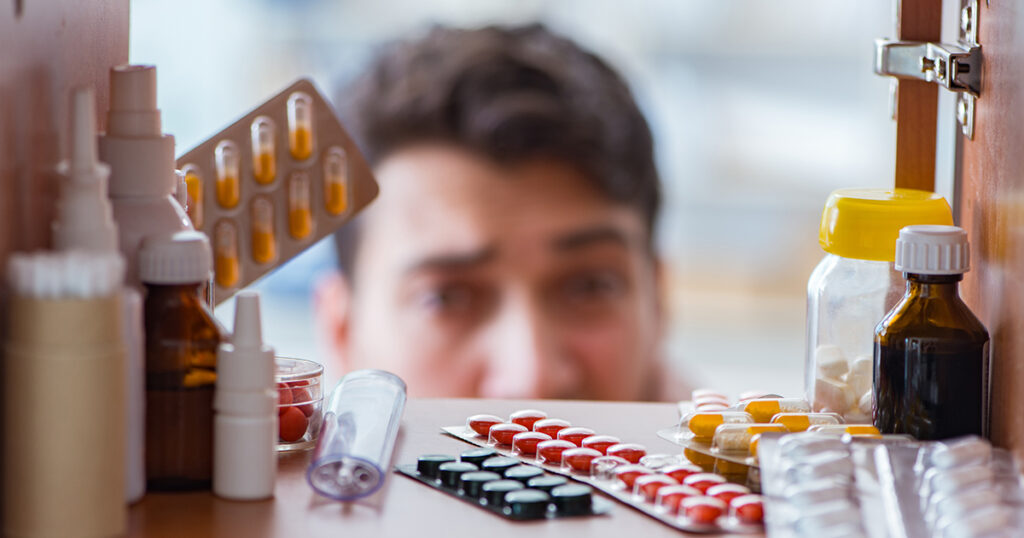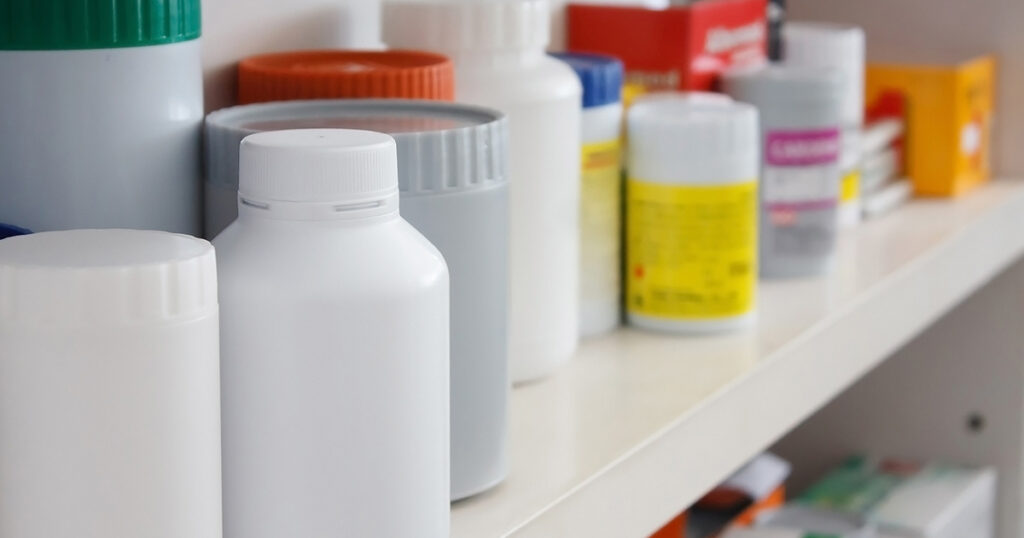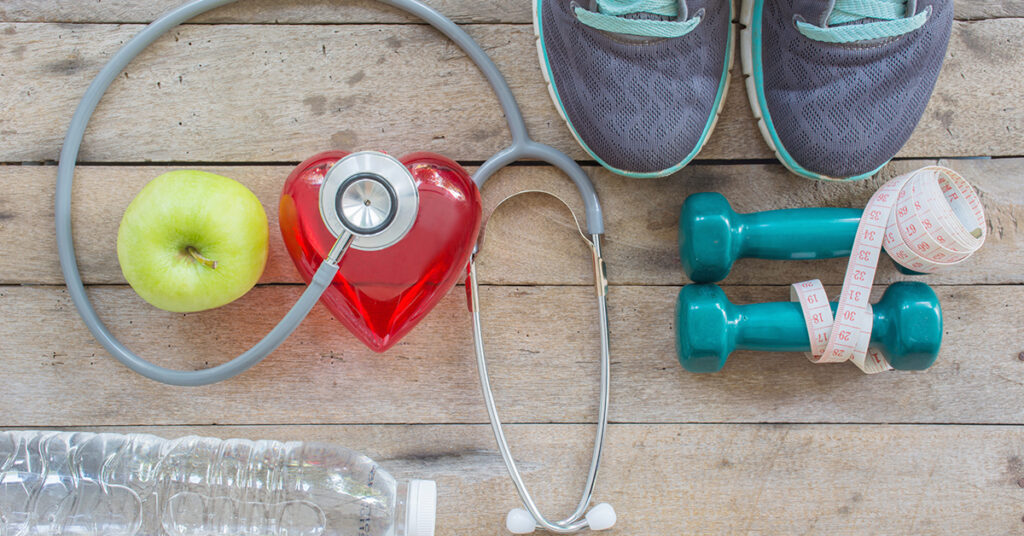Mental health problems rarely stay in one place. If we catch them early, they often improve. If we wait too long, they can easily get worse and turn into a true mental health disorder, like anxiety or depression.
Mental health problems and substance use also feed into each other: having a mental illness doubles the risk of having a substance use problem, and people with substance use problems are three times as likely to have a mental illness.21
Mental health and substance use disorders are common and not to be taken lightly. Consider these facts:2-1 25
Frequency
- In any given year, 1 in 5 Canadians experiences a mental illness or addiction.
- By age 40, about half of Canadians have had (or still have) a mental illness.
- About 4.6% of Canadians have an anxiety disorder, while 5.4% have major depression.
- Over a lifetime, about 18% of Canadians meet the criteria for alcohol use disorder (the most common substance use disorder).
Impact
- Mental illness is the leading cause of disability in Canada.
- People with mental illness and substance use disorders are more likely to die early.
- Tobacco is the leading cause of premature death, responsible for 17% of cases.
- Depression reduces cognitive (thinking) performance on the job about 35% of the time.
Recognizing when you need extra help can make all the difference. Reach out to a health professional if you experience symptoms like these2:5
- Excessive worrying or fear
- Feeling excessively sad or low
- Confused thinking
- Extreme mood changes
- Difficulty carrying out daily activities
- Avoiding friends and social activities
- Changes in eating patterns, sleep habits, or sex drive
- Overuse of substances
- Physical symptoms without obvious cause (such as headaches or stomach aches)
- Thoughts about self-harm
Such symptoms could signal depression or anxiety. Talk to your doctor to learn more. Once you have a diagnosis, you and your doctor can lay out a treatment plan, which in most cases will include talk therapy and/or medication. In fact, research suggests that combining therapy and medication has the strongest and most lasting effect for both depression and anxiety.26
Don’t hesitate to use your London Drugs pharmacist as a resource. Your pharmacist can provide general guidance on mental health and substance use, help you navigate the healthcare system, and connect you to community resources. If you start a medication for a mental health disorder, your pharmacist can answer your questions about the drug and help you manage side effects.
Bouncing Back: A self-help program for people with mental health problems
if you have anxiety or depression – or if you’re simply feeling low, worried or stressed, a free self-help program called BounceBack (http://bounceback.cmha.ca) may help you gain new skills to boost your mental health. Developed by the Canadian Mental Health Association and available to everyone over 15, the program provides skill-building workbooks and online videos, as well as telephone coaching if you get a referral from a health professional.
Resources: https://cdn.flipsnack.com/widget/v2/widget.html?hash=7cfr0qan30
















